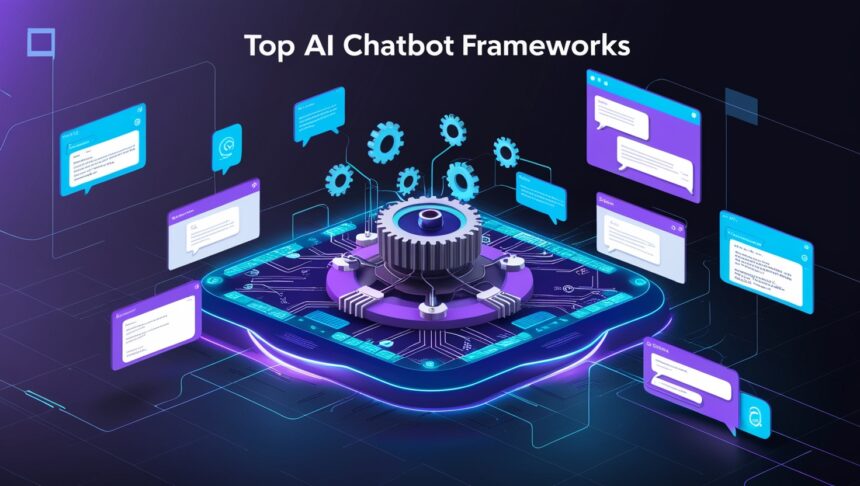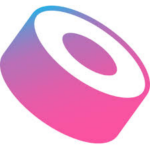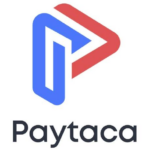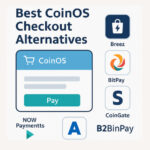In this post, I will discusss the top AI chatbot frameworks you should consider using in 2025. Because AI moves so fast, picking the right tool can make or break your conversational project.
The guide below lists frameworks that pack advanced features, plug into existing systems easily, and scale with your business, giving you everything needed to build smart chatbots next year.
What Is an AI Chatbot Framework?
An AI chatbot framework is basically a ready-made toolkit that helps programmers build, teach, and launch smart chatbots.
Inside the kit, youll find tools for natural language processing, a system to handle back-and-forth dialogue, and quick plug-ins for popular messaging apps.
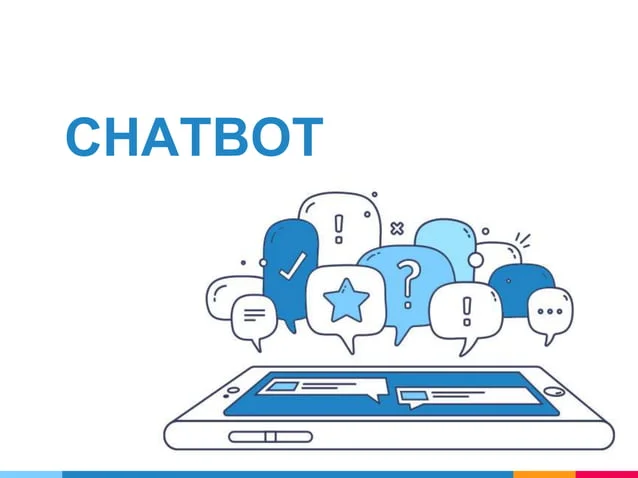
By starting with a framework, developers save time because they dont have to craft every line of code from zero.
These built-in features let bots guess what people mean, reply in a helpful way, and get better through machine learning-so conversations feel smoother and more useful.
5 Top AI Chatbot Frameworks
1.Google Dialogflow
In 2025, Google Dialogflow keeps its spot as one of the best chatbot platforms because it understands human language really well and links smoothly with every Google Cloud tool. Its biggest perk is handling voice chats and text messages on the same bot, whether that bot lives on a website, sits in a mobile app, or talks through Google Assistant.
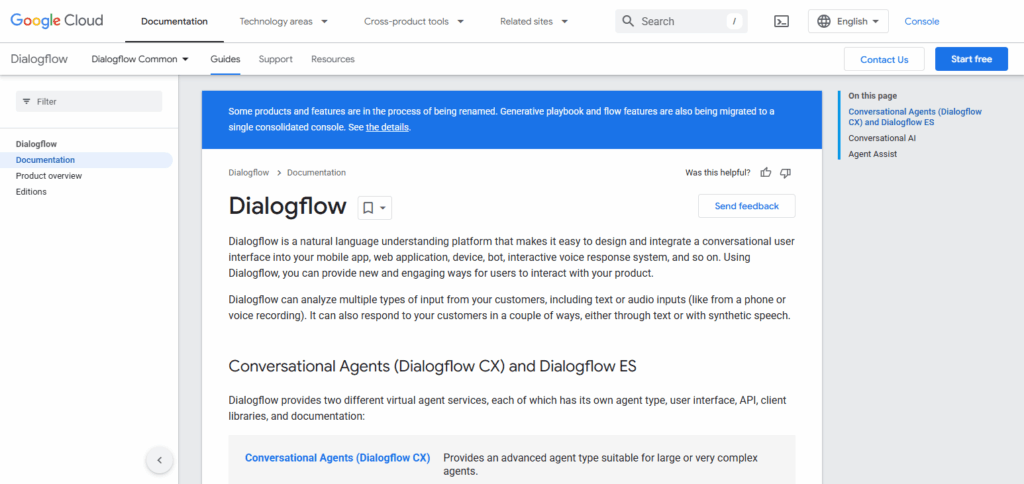
Companies can roll out smart, multilingual bots in no time thanks to the ready-made agents and language packs Dialogflow offers. Plus, a clear, drag-and-drop interface means both coders and people with no tech background can jump in and start building.
2.Microsoft Bot Framework
As of 2025, the Microsoft Bot Framework still sits at the top of the AI chatbot market, thanks mainly to its solid tools for big companies and its close tie to Azure. What sets it apart is a full SDK plus easy-to-use testers and deployers that let makers push the same bot to Teams, Skype, Slack, and more without huge rewrites.
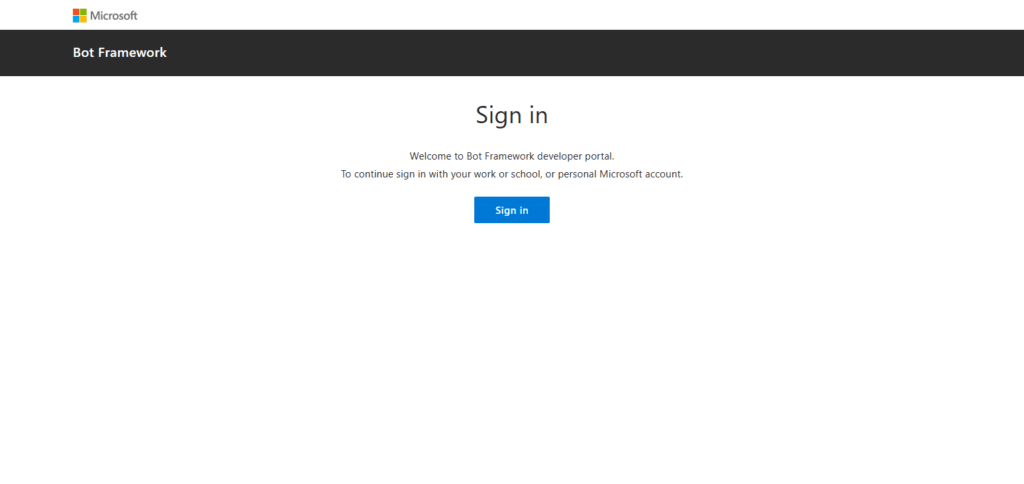
Adaptive dialogs and built-in language understanding give developers the freedom to craft lively, on-the-fly conversations instead of stiff scripts. Because it hooks so easily into ERP, CRM, and other office systems, the platform is the go-to choice for firms that need secure, scalable, and smart chat helpers.
3.Rasa
Rasa stands out as one of the best chat-bot frameworks in 2025 because its open-source code gives builders unmatched flexibility. Developers love that it places total control over data, security, and design in their hands-a must for any organization with strict compliance goals.

With Rasa, teams craft context-aware conversation engines driven by machine-learning dialogue rules that adapt as users speak. Backed by a strong community and on-premise options, the platform lets companies build deeply personal bots that mesh smoothly with complex business workflows.
4.IBM Watson Assistant
In 2025, IBM Watson Assistant still sits near the top of the AI chatbot list thanks to powerful built-in intelligence and tools aimed at big businesses. What really makes it shine is its smart intent spotting and strong context tracking, which help the bot give accurate answers almost every time.
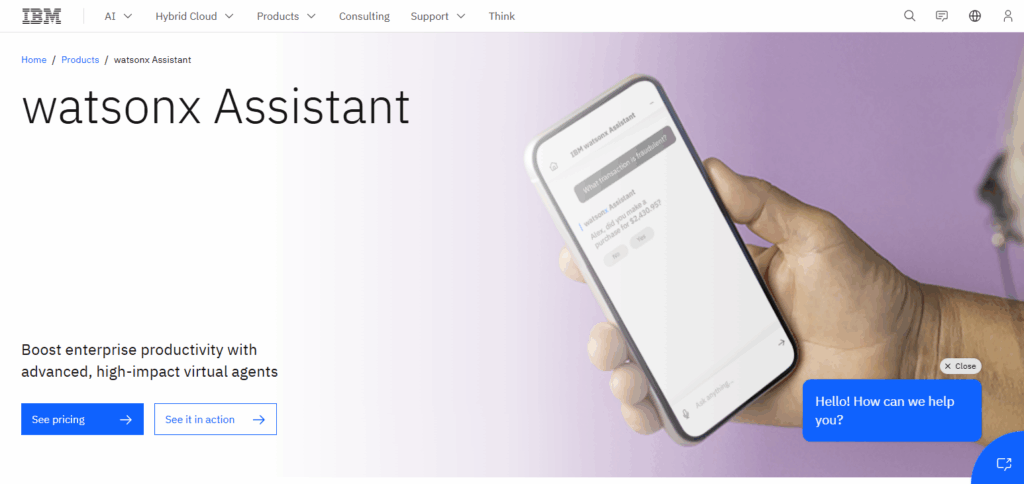
The platform plugs neatly into popular CRM and support software, so companies can roll it out across large teams with little fuss. Because it can quickly pass a chat to a live agent and keep the conversation flowing, Watson Assistant works well for any organization that wants both robots and real people on the front line.
5.Botpress
In 2025, Botpress stands out as one of the best AI chatbot platforms, thanks to its open-source code and developer-first layout. Its main edge is a drag-and-drop flow builder that lets teams map out complicated chats in minutes, no code wizardry required.
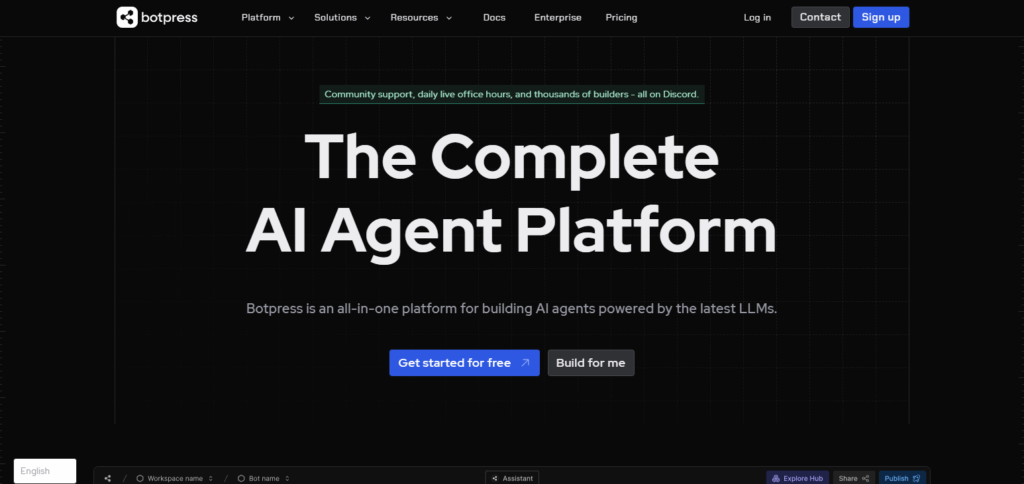
Because Botpress runs on Node.js, every piece of the system is open for review, and firms can tweak it until the bot fits their exact needs. Add on-premise installs, solid support for many languages, and organizations get a smart, user-friendly chatbot while keeping data in-house.
How to Choose the Right Framework
Know Why You Need a Bot: Start by naming the biggest job you want the bot to tackle-whether that is answering questions, closing sales, or sparking user interest-and pick a tool that was built for that task.
Ask Who Will Build It: Match the platform to the people who will run it; go no-code if your staff fears technical jargon, or grab full-code power when seasoned devs are ready to tweak every line.
Test Plug-and-Play Links: Before you commit, check that the framework smoothly talks to the systems you already have-CRM, databases, or social channels-so you do not end up with a digital island.
Watch Load and Lag: Pick a system that stays quick during peak hours and can stretch to meet the crowd you expect next month, next year, and beyond.
Guard the Data: Choose a provider that encrypts, audits, and follows rules like GDPR, because customer trust starts the moment their details enter your bot.
Seek People and Documents: A lively online forum plus fast, friendly official support can save you days of head-scratching when something breaks.
Study the Price Tag: Add up setup fees, monthly seats, API calls, and any sneaky extras to stay inside the budget, then factor in what fresh features may cost later on.
Play with the Design Tools: Before signing, poke around the demo so you can set the bots tone, tweak scripts, and draw flow charts without hiring outside help.
Befits of AI Chatbot Frameworks
Faster Development: Built-in tools and templates let teams spin up a working bot almost overnight, getting the product to customers sooner.
Advanced Natural Language Understanding: Most packages include strong NLP out of the box, so the bot locks onto user intent and replies more accurately.
Easy Integration: Frameworks plug into popular chat platforms, APIs, and back-office systems with little extra code, widening the bots reach.
Scalability: Underneath, the architecture can smoothly handle rising traffic as sales climb or campaigns hit, sparing costly rebuilds.
Customization and Flexibility: Developers tweak dialogs, branding, and tasks in plain settings, crafting a digital agent that matches a companys tone.
Cost-Effective: Lean on proven code rather than starting with blank files, and savings appear in both upfront builds and long-term upkeep.
Continuous Improvement: Built-in learning loops let the bot refine answers after every chat, so the service quality keeps edging upward.
Security and Compliance: Trusted frameworks ship with encryption, logging, and compliance checklists, lowering the legal and technical risks of user data.
Pros & Cons
| Pros | Cons |
|---|---|
| Faster development with ready tools | May have a learning curve for beginners |
| Built-in advanced NLP capabilities | Limited customization in some platforms |
| Easy integration with multiple APIs | Can be costly for premium features |
| Scalable to handle large traffic | Dependence on third-party services |
| Flexible and customizable | Potential data privacy concerns |
| Cost-effective vs. building from scratch | Updates or changes may cause compatibility issues |
| Continuous improvement via machine learning | Requires ongoing maintenance and monitoring |
| Built-in security features | Some frameworks are resource-intensive |
Conclusion
In short, an AI chatbot framework is a handy kit that makes creating smart, talkative bots much easier. It comes packed with solid tools such as natural language understanding, simple plug-ins, and room to grow so companies can upgrade customer chats without headaches.
Picking the best model really relies on what you need, how skilled your team is, and what you can afford. When organizations lean on these frameworks, they craft tailored bots that boost user satisfaction, automate boring chores, and push growth in todays fast-moving online world.


